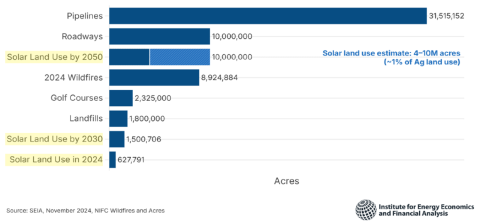ExxonMobil's planned assets sales: Another strategic misstep
Download Full Report
Key Findings
Even before this year’s market turmoil, ExxonMobil backed away from aggressive plans to sell assets to raise cash
ExxonMobil has reduced its asset sales targets from $5 billion per year to $3 billion per year
Annual asset sales help ExxonMobil pay annual dividends, despite low oil prices
Low oil prices and weak asset sales put pressure to borrow more at a time of higher interest rates for oil and gas companies
Asset sales in 2019 were nearly $1 billion short of 10-year average
Executive Summary
ExxonMobil’s strategy of selling assets to plug persistent holes in its annual cash budget will continue to fall short. Even before this year’s oil price rout, ExxonMobil’s planned asset sales were confronting a challenging market. In 2019, the company anticipated $5 billion in proceeds from asset sales, but produced only $3.7 billion, well below the company’s targets and about $1 billion below its ten-year average annual average.
In March 2020, at its annual Investor Day Conference, the company re-adjusted its annual asset sales target from $5 billion per year to $3 billion per year through 2025. Yet even that lowered target may be unrealistic in today’s market. Asset sales play an important role in ExxonMobil’s annual cash management strategy. Over the past decade, the company has covered one-third of its total cash distributions to shareholders through sources other than free cash flow. Asset sales have provided key cash infusions to make up that shortfall. Troubles with asset sales, particularly at a time of low oil prices, are likely to create additional cash flow challenges for the world’s largest private sector oil company.
With weak, or potentially no, asset sale proceeds, ExxonMobil will increasingly be forced to borrow to cover its dividend payments and capital expansion plans. Moody’s, which has an Aaa rating on Exxon, cited rising debt concerns when putting the company on negative outlook. Last week, during a turbulent time in the bond markets, the company borrowed an additional $8.5 billion to support its capex and dividend strategies.















